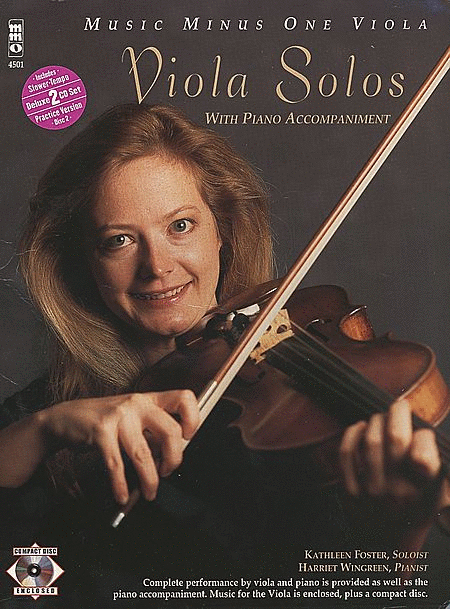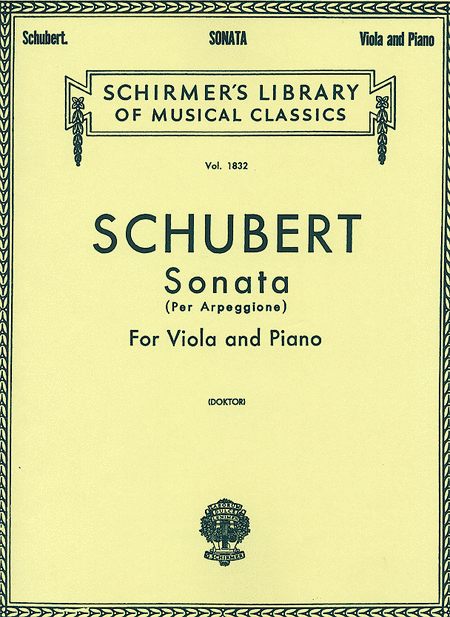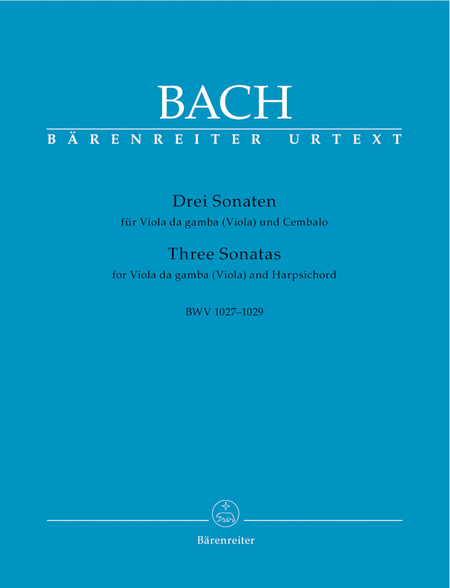Ach Gott, wie manches Herzeleid (Oh God, how much
heartache), BWV 58, is a church cantata by Johann
Sebastian Bach. He composed it in Leipzig for the
Sunday after New Year's Day and presumably first
performed it on 5 January 1727. He performed it again
on 4 January 1733 or 3 January 1734.
The dialogue cantata was composed for the Sunday after
New Year's Day, probably of 1727, but the extant
version is a recomposition from the early 1730s, which
changed the instrumentation and created a ...(+)
Ach Gott, wie manches Herzeleid (Oh God, how much
heartache), BWV 58, is a church cantata by Johann
Sebastian Bach. He composed it in Leipzig for the
Sunday after New Year's Day and presumably first
performed it on 5 January 1727. He performed it again
on 4 January 1733 or 3 January 1734.
The dialogue cantata was composed for the Sunday after
New Year's Day, probably of 1727, but the extant
version is a recomposition from the early 1730s, which
changed the instrumentation and created a new third
movement. The surviving continuo part of the original
aria suggests a significantly different character.
The prescribed readings for the day are from the First
Epistle of Peter, the suffering of Christians (1 Peter
4:12–19), and from the Gospel of Matthew, the Flight
into Egypt (Matthew 2:12–23). The text of the cantata
comprises the words of the hymn published by Martin
Moller in 1587, in movement 1, as well as, for the
chorale, poetry published by Martin Behm in the second
volume (1610) of the Centuria precationum rhythmicarum.
Authorship of verses 2–4 is unknown.
The chorale theme (Zahn 533a) is the melodic line of
"Herr Jesu Christ, meins Lebens Licht II", which first
appeared in Wolflein Lochamer's Lochamer-Liederbuch,
printed in Nürnberg around 1455.
The structure of the piece is unusually symmetric. It
opens and closes with a duet of the chorale text.
Harmonically, the piece begins and ends in C major, and
the central movement is in D minor. The second movement
modulates from A minor to F major, while the fourth
movement mirrors this motion.
The opening duet includes a ritornello of strings
doubled by oboes, with a dotted-rhythm figure
characteristic of a French overture. The taille and
soprano perform the chorale melody, representing the
Soul, while the bass acts as a vox Christi, singing an
arioso. The melody is tonal but with a "very chromatic
subtext". The ritornello recurs midway through the
movement.
The secco bass recitative is chromatic and in two
sections: the first describes a history of persecution
with "striding angular phrases", while the second
section emphasizes the presence of God using a gentler
and smoother melodic line.
The third movement is the newer soprano aria with an
obbligato solo violin. The da capo movement describes
the Spirit's confidence in God. The first section
includes a "motto theme" transitioning into a "hectic"
violin melody. The middle section is characterized by a
"muscular" soprano line and "oddly bizarre" solo
violin. The first section returns modified and
unheralded.
The soprano recitative, like the bass, begins by
recounting persecution, but quickly becomes an arioso
with a walking continuo.
The final movement is a combined chorale and aria for
all parts. The soprano reprises the opening chorale
melody in duple rather than the original triple time,
with a responding line in the bass voice. After two
phrases, the ritornello plays alone for eight measures
before both voices re-enter in counterpoint to complete
the chorale.
The piece is scored for two vocal soloists (soprano and
bass), two oboes, taille, two violins, viola, and basso
continuo and there are no choral interventions.
Source: Wikipedia
(https://en.wikipedia.org/wiki/Ach_Gott,_wie_manches_He
rzeleid,_BWV_58).
I created this arrangement of the Opening Duetto Aria:
"Ach Gott, wie manches Herzeleid" (Oh God, how much
heartache) for Oboe and Strings (2 Violins, Viola &
Cello).











